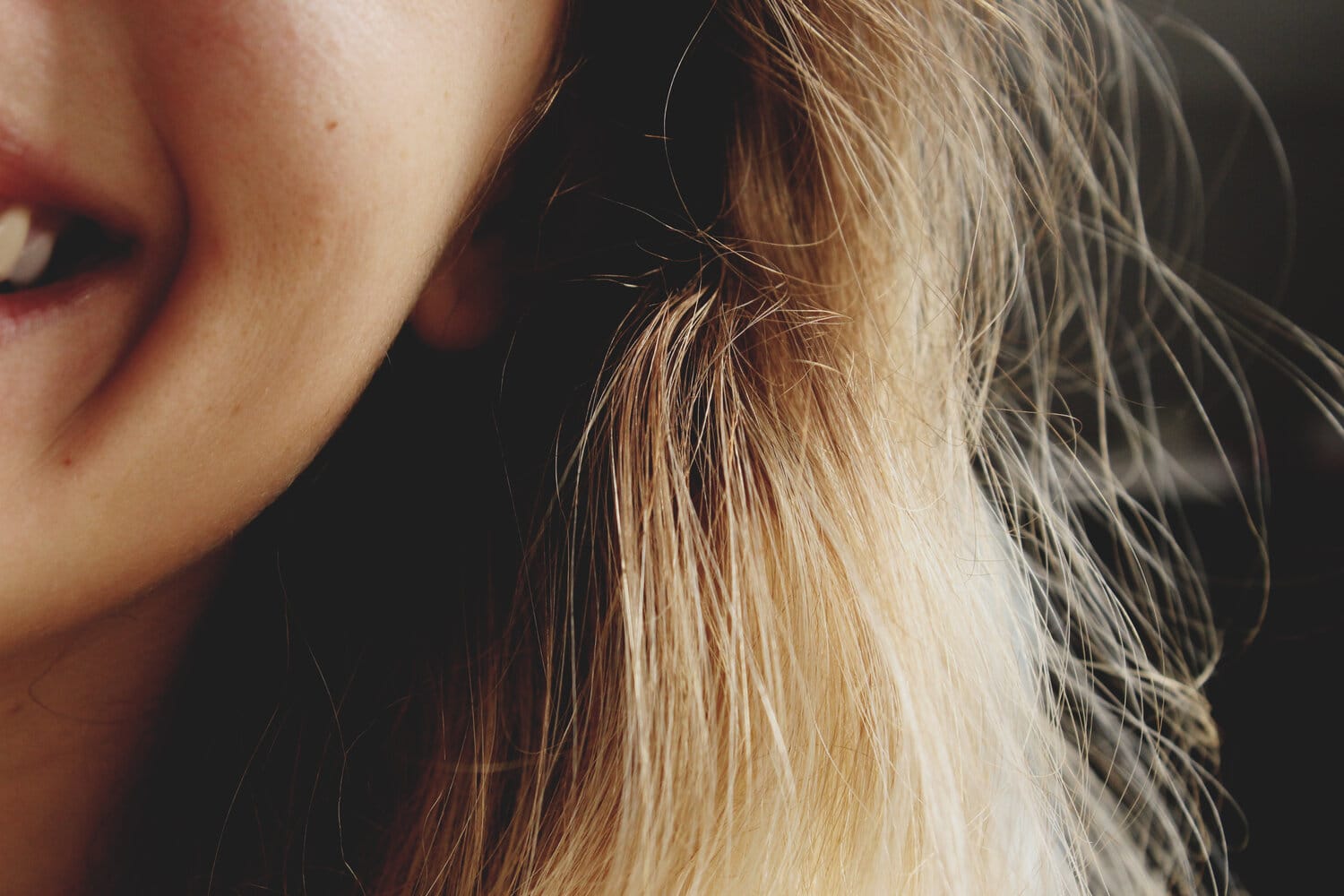What cheek filler can improve
- Restore mid-face volume and apex definition
- Subtle lift to reduce shadowing and heaviness
- Indirect softening of nasolabial folds
- Smoother transition to the under-eye (often without direct tear trough filler)
- Profile balance and facial symmetry

